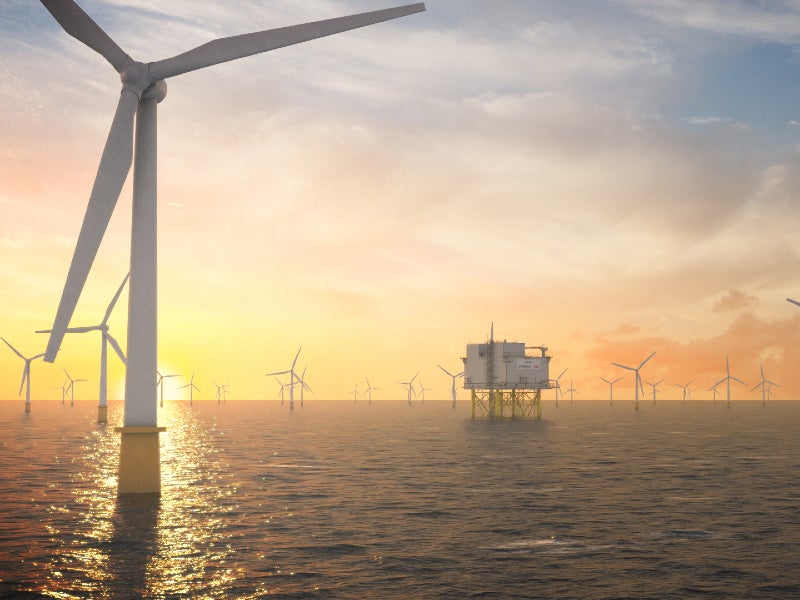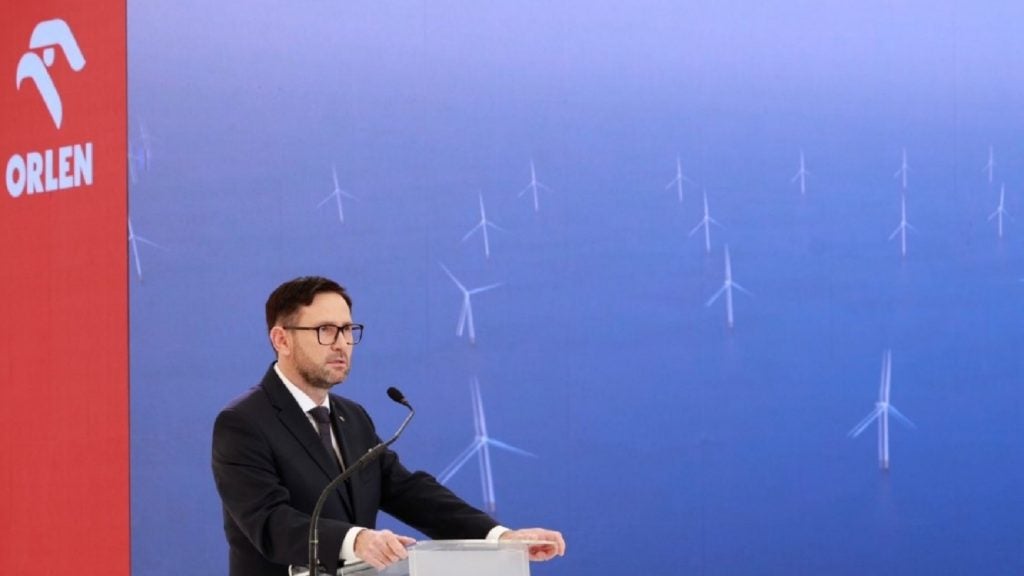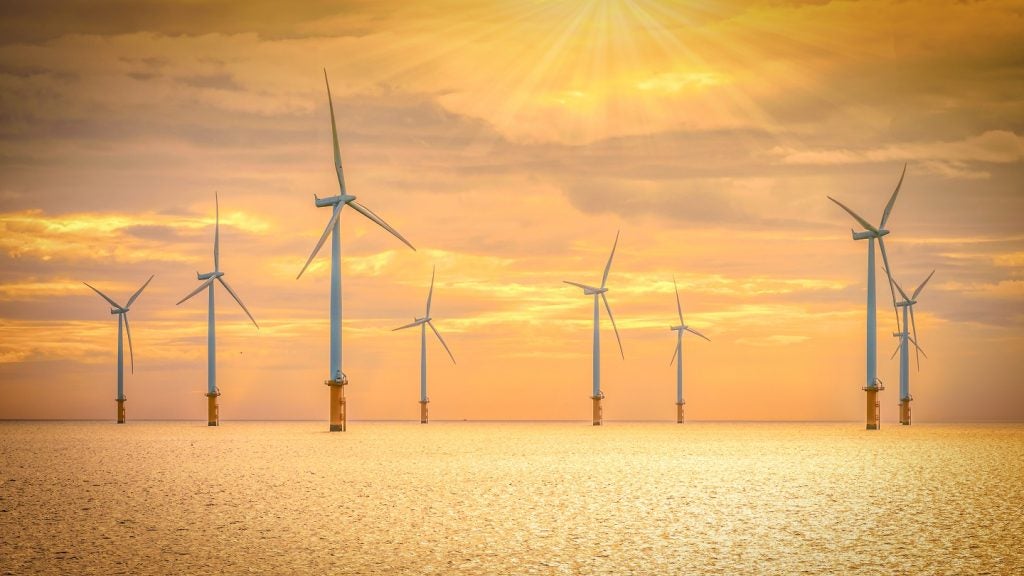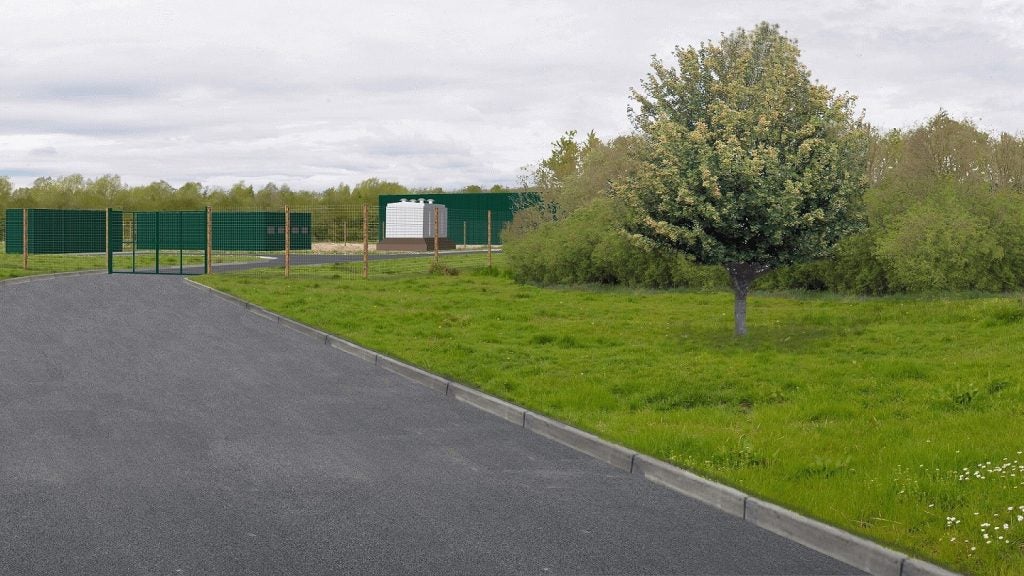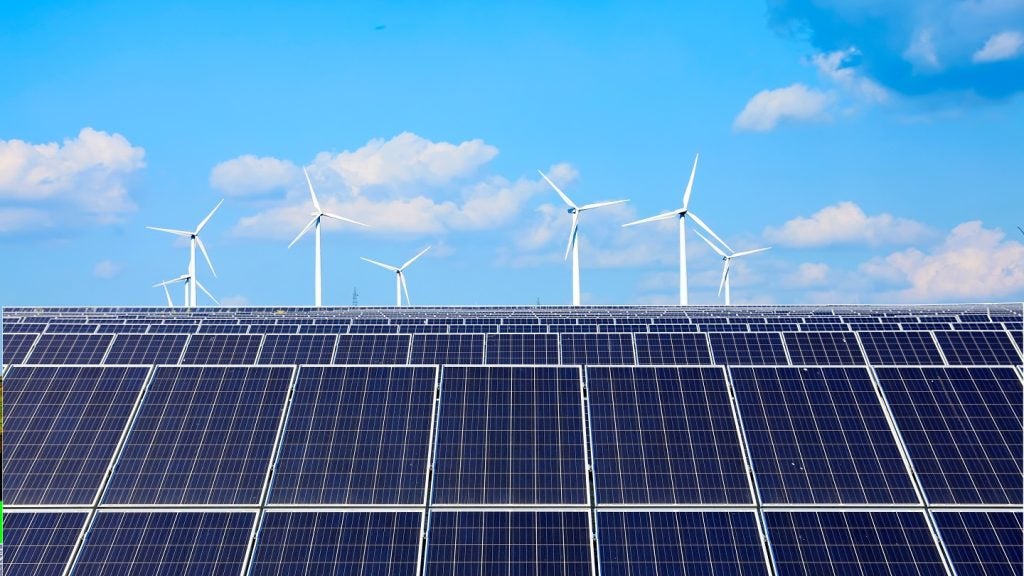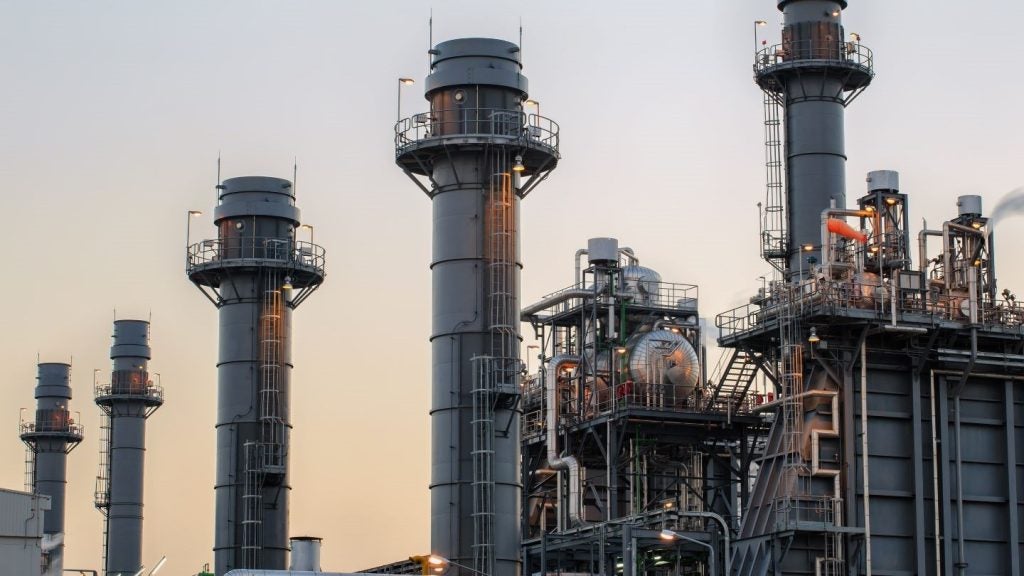The Dogger Bank wind farm, which is set to become the world’s largest offshore wind farm when running at full capacity, has produced its first power.
Dogger Bank is spread across three phases named Dogger Bank A, B and C. It is located 130km off the coast of Yorkshire within UK waters and consists of 277 turbines with a combined capacity of 3.6GW.
Dogger Bank A has produced its first power, which has been transmitted to the UK national grid. For the first time in UK wind farming, high-voltage direct current technology was used.
Alistair Phillips-Davies, chief executive of SSE, said: “There has been lots of talk about the need to build homegrown energy supplies, but we are taking action on a massive scale. Dogger Bank will provide a significant boost to UK energy security, affordability and leadership in tackling climate change. This is exactly how we should be responding to the energy crisis.”
SSE Renewables owns 40% of the joint venture, 40% is owned by Equinor, the Norwegian state energy company, and 20% by Vårgrønn.
Each wind turbine has 107m-long blades and SSE Renewables claims that each rotation of the blade can generate enough clean energy to power the average British home for two days. The total area covered by the Dogger Bank wind farm is almost as large as Greater London. The farm is scheduled for completion by 2026.
The Conservative Government’s policy towards wind farms has varied. In 2015, the then Prime Minister David Cameron put in place a de facto ban on new onshore wind farm projects. However, in September UK Prime Minister Rishi Sunak performed a U-turn on this policy.
Offshore wind is central to the UK’s renewable energy goals. The current power strategy plans to increase offshore wind capacity to 50GW by 2030 and Dogger Bank will play a key role. The UK is the world’s second-largest offshore wind market after China.


